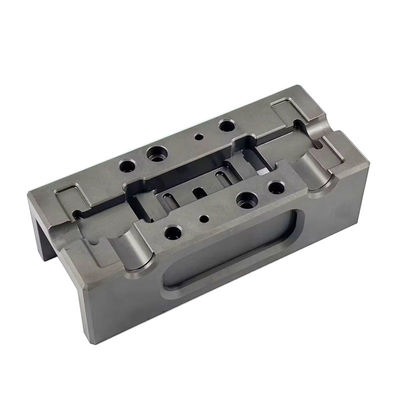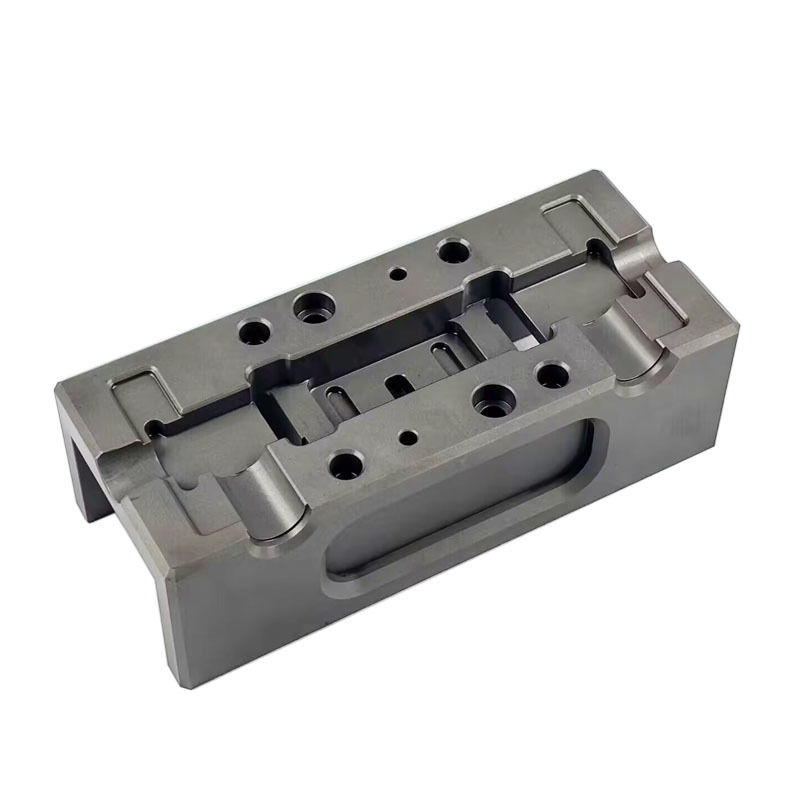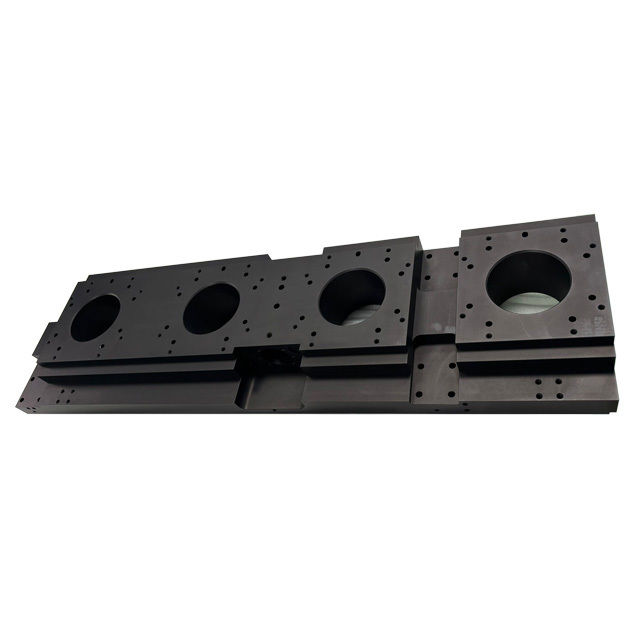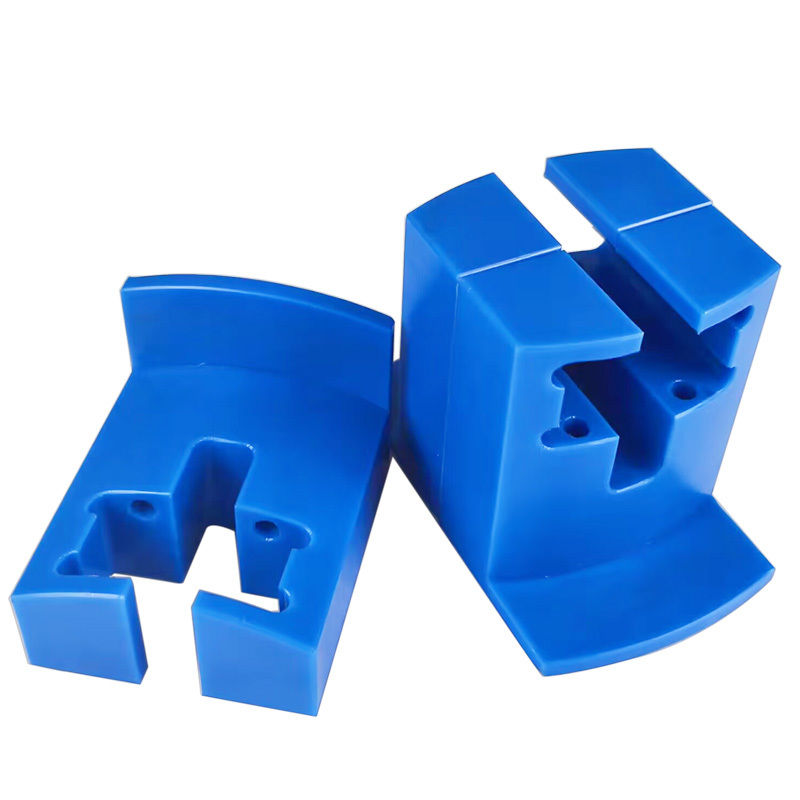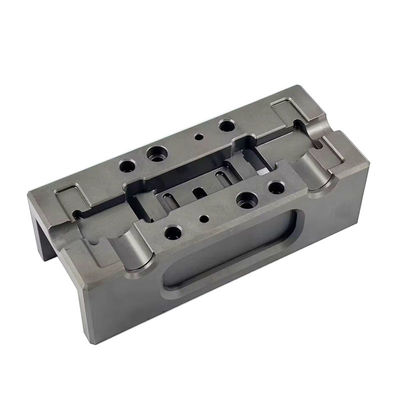
CNC machining parts include hot machining and CNC titanium machining services.
-
Highlight
CNC machining titanium parts
,hot machining CNC services
,CNC milling titanium components
-
Product NameMachining Parts
-
Surface TreatmentAnodizing,polishing,chrome As Your Request
-
ServiceOEM /ODM CNC Machining
-
Apply ToAny OEM Cnc Machining Parts
-
SampleNeed To Pay Sample Fee
-
Tolerance0.001-0.002mm
-
ProcessCnc Machining+deburrs
-
FeatureDurable And High Precision
-
ColorCustomized Color
-
Delivery Time3-5 Days For Sample Order, 10-15 Days For Bulk Order After
-
Place of OriginGuangdong
-
Brand NameHS
-
CertificationISO
-
Model NumberHS-45
-
Minimum Order Quantity1Piece/Pieces
-
PriceUSD,0.89-10.79,Piece/Pieces
-
Packaging DetailsEPE foam inside and Carton outside or EPE foam inside and Wooden outside
-
Delivery Time7-15 work days
-
Payment TermsL/C,D/A,D/P,T/T,Western Union,MoneyGram
-
Supply Ability5000,Piece/Pieces,Month
CNC machining parts include hot machining and CNC titanium machining services.
Modern manufacturing relies on precision CNC machined parts, specialized thermal processing, and high-performance CNC titanium machining to meet demanding industrial requirements.
|
Stainless Steel: SS201,SS301, SS303, SS304, SS316, SS416 etc.
|
|
Steel: mild steel, Carbon steel, 4140, 4340, Q235, Q345B, 20#, 45# etc.
|
|
Brass: HPb63, HPb62, HPb61, HPb59, H59, H68, H80, H90 etc.
|
|
Copper: C11000,C12000,C12000 C36000 etc.
|
|
Iron: A36, 45#, 1213, 12L14, 1215 etc.
|
|
Plastic: ABS, PC, PE, POM, Delrin, Nylon, PP,PEI, Peek etc.
|
|
CNC Milling work range: 510 * 1020 * 500 mm(max) Tolerance: +/-0.01 mm
|
What is five-axis CNC machining?
Five-axis CNC machining refers to CNC machines that move the tool or workpiece along five axes simultaneously during the machining process. Such multi-axis CNC machines are able to manufacture parts with complex geometries because they add two additional axes of rotation. The advantage of five-axis machining is that it eliminates the need for multiple machine setups, improves machining efficiency and accuracy, and is able to handle more complex designs.
Advantages of Five-Axis CNC Machining
Higher cutting accuracy: Since the tool is always tangential to the cutting surface, five-axis machining can significantly improve the machining accuracy of parts.
Manufacturing of complex shapes: It can effectively process parts with complex geometries and is suitable for a variety of design requirements.
Excellent surface quality: Optimized tool paths make the surface finish of parts better and reduce the need for post-processing.
Shortened machining cycle: The overall machining time is reduced through efficient tool path design.
Machining flexibility: It is suitable for a variety of materials and complex engineering designs and has a high degree of adaptability.
Limitations of Five-Axis CNC Machining
High equipment cost: Five-axis machine tools and their maintenance costs are relatively high, and the initial investment is large.
High operating skills requirements: Operators with high levels of skills are required to operate and program the equipment.
Programming complexity: Five-axis programming is more complex than three-axis, and the learning curve is steep.
Accelerated tool wear: Due to frequent changes in tool angles, the tool may wear faster.
Machining space limitations: Some large workpieces may face space limitations when machining on five-axis machines.
![]()
![]()
FAQ:
Q: Are you a trading company or manufacturer?
A: We are a factory.
Q: How can I obtain a quotation?
A: To receive a quotation, please send us drawings in formats such as IGS, DWG, STEP, etc., along with a detailed PDF. If you have any specific requirements, please include them in the request, and we will provide professional advice for your reference.
Q: What if I don't have a drawing?
A: In such cases, you can provide us with samples or drawings. Rest assured, we will ensure the safety and confidentiality of any provided drawings.
Q: What is your delivery time?
A: Normally, it takes 7-14 days for the parts to be ready. We have systems in place to ensure timely delivery.
Q: How do you ship the products? What are the packing details?
A: For small quantity orders, we have partnerships with courier services like TNT, FEDEX, UPS, etc. For larger quantities, air or sea shipment options are available. We have standard packing details, but if you have any specific requirements, we are willing to assist you.
Q: Do you provide samples? Is there an extra charge?
A: Yes, we can provide samples, but there may be an extra charge for them.
Q: What are your payment terms? How can I make the payment?
A: Our payment terms are 50% T/T (bank transfer) in advance, with the balance payment due before shipment. If you have any other questions, please feel free to contact us.

